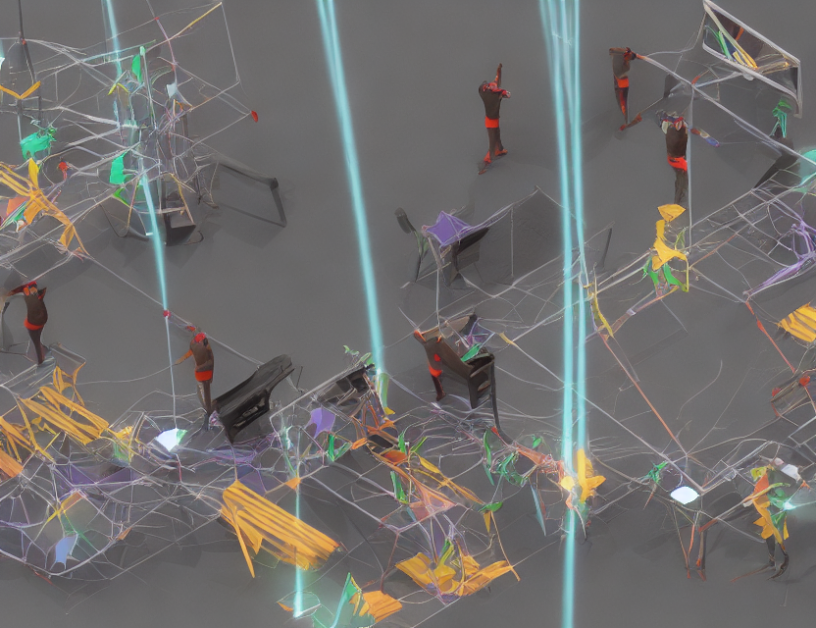Dense neural RGBD methods are a class of techniques used to reconstruct 3D scenes from 2D images. These methods have gained popularity in recent years due to their ability to render photorealistic images with accurate depth information. In this article, we will delve into the world of dense neural RGBD and explain how it works, highlighting the key concepts and techniques used to achieve high-quality rendering.
What is Dense Neural RGBD?
Dense neural RGBD is a type of method that combines deep learning with traditional computer vision techniques to create detailed 3D models of real-world scenes. The term "dense" refers to the fact that these methods use a large number of training data points, resulting in highly accurate and detailed 3D reconstructions.
How Does Dense Neural RGBD Work?
The process of dense neural RGBD can be broken down into several steps:
- Data Collection: A large dataset of 2D images and corresponding depth maps is collected.
- Network Training: A deep neural network is trained on this data to learn the mapping between 2D images and their corresponding depth maps.
- Scene Reconstruction: Once the network is trained, it can be used to reconstruct 3D scenes from new 2D images. This is done by feeding the 2D image into the network and generating a depth map that corresponds to the scene.
- ** Rendering**: The final step is to render the 3D scene in a photorealistic manner, taking into account factors such as lighting and shading.
Key Concepts
- Elastic Fragments: These are small patches of the image that are used to represent the 3D scene. By combining these fragments, the network can generate a detailed 3D model.
- Neural Network: A deep neural network is trained to learn the mapping between 2D images and their corresponding depth maps.
- Depth Estimation: This refers to the process of generating an accurate depth map from a 2D image.
Metaphors and Analogies
Think of dense neural RGBD as a magic box that takes a 2D image as input and outputs a detailed 3D model. Just like how a photographer uses light to capture the details of a scene, dense neural RGBD uses deep learning algorithms to reconstruct the 3D scene from the 2D image.
Another way to think about it is that dense neural RGBD is like a puzzle solver. The network takes the 2D image as a puzzle and tries to solve it by generating the most accurate 3D model possible.
Conclusion
In conclusion, dense neural RGBD is a powerful technique for reconstructing 3D scenes from 2D images. By combining deep learning algorithms with traditional computer vision techniques, these methods are able to generate highly detailed and accurate 3D models. As the field of computer vision continues to evolve, we can expect to see even more advanced techniques for dense neural RGBD in the future.



